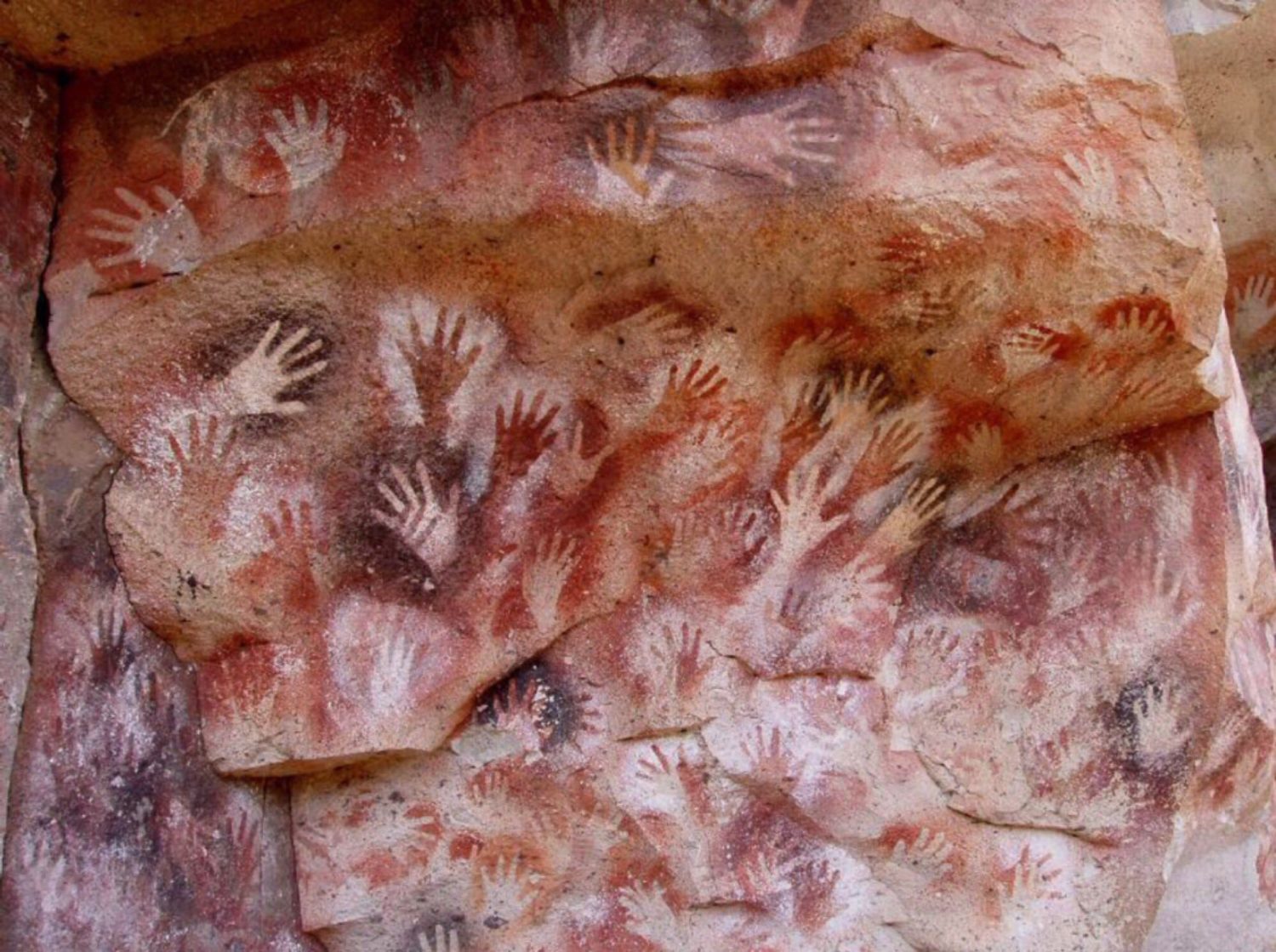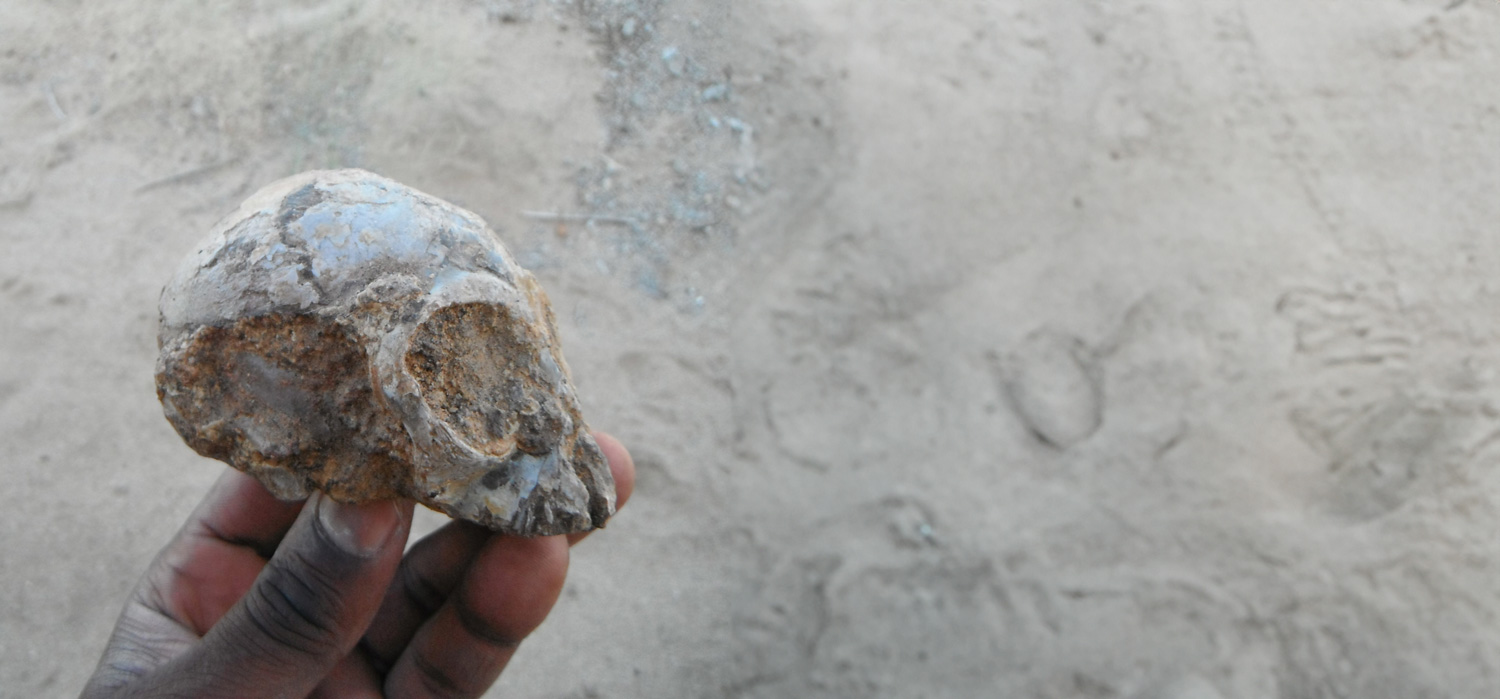The human story starts with you.
Join the quest to find what it means to be human.
Your gift turns curiosity into discovery, fueling groundbreaking research and award-winning educational programs.
The human story starts with you.
Join the quest to find what it means to be human.
Your gift turns curiosity into discovery, fueling groundbreaking research and award-winning educational programs.
Our Mission
The Leakey Foundation combines science and education to explore our shared past, understand our present, and inspire a better future.
We’re on a mission to uncover the story of human evolution and share this knowledge with the world. Join us.

Our Impact
since 1968…
Give With Confidence
The Leakey Foundation is a top-rated charity for efficiency, transparency, and impact.
But we don’t stop there. We’re leading the way to a sustainable future as a certified carbon-neutral nonprofit.
Be part of the next big discovery
What does it mean to be human? How can we use our understanding of the past to inform our future? These questions are at the heart of our work–and they’re more important than ever.

Explore the Wonders of Evolution
Learn and discover
Curious to learn more about yourself and the world you live in? Explore your human story with The Leakey Foundation’s award-winning educational programs.
Learn more about your human storyLearn and discover
Curious to learn more about yourself and the world you live in? Explore your human story with The Leakey Foundation’s award-winning educational programs.
Learn more about your human story
